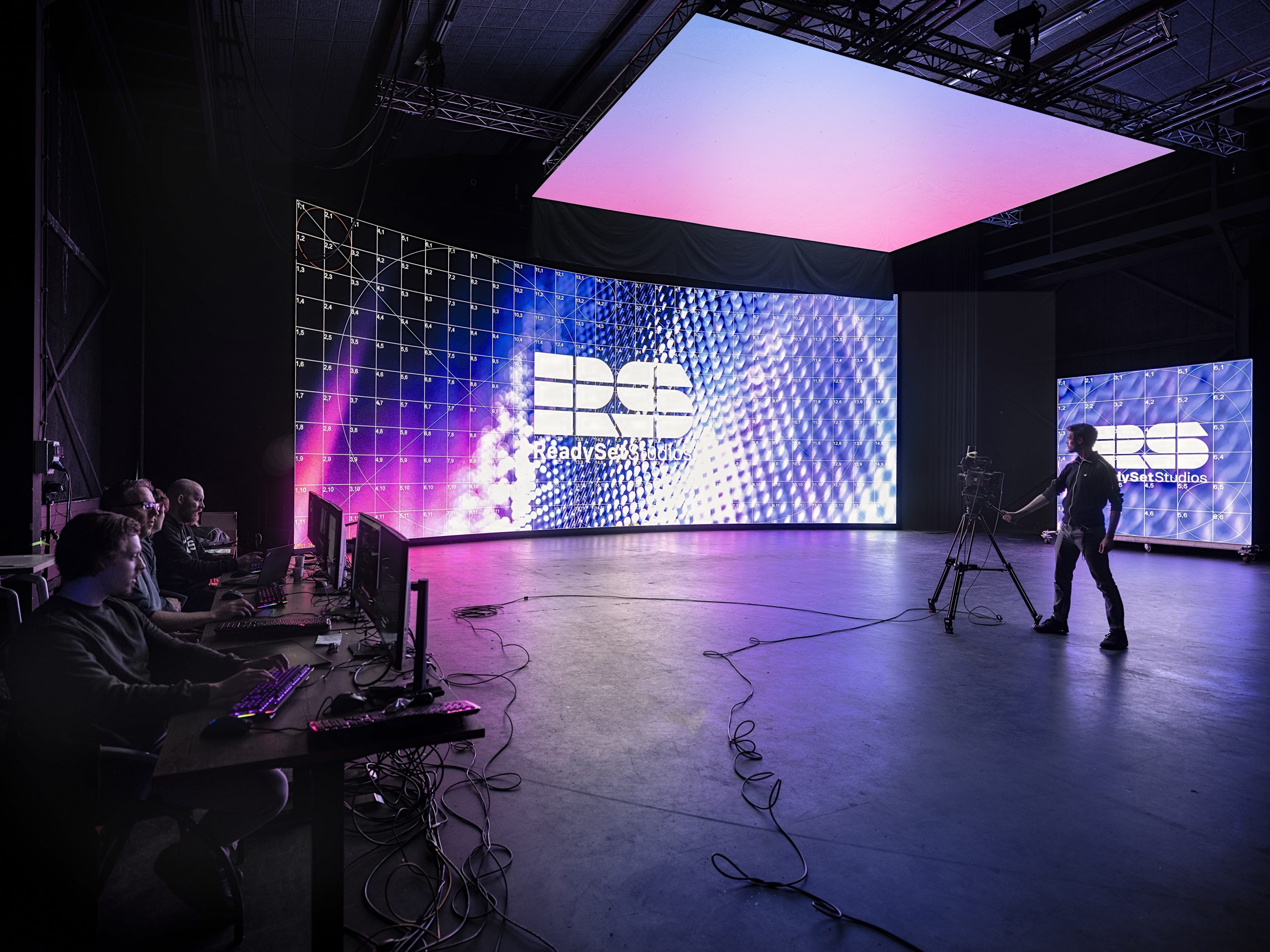Examining the Essential Factors That Influence Brightness in LED Wall Screens
Examining the Essential Factors That Influence Brightness in LED Wall Screens
Blog Article
Light Emitting Diode panel panels are increasingly favored for and advertising and leisure due to their luminous and vibrant images. Grasping the elements that influence the brightness of these panels is crucial for producers and buyers alike. Brightness is typically measured in candelas, which indicates how much light is produced from the area of the screen. Several key factors contribute to the overall luminosity, including the kind of LED used, the quality of the screen materials, and the energy provided to the screen.
The kind of LED component used in a wall screen plays a crucial role in its brightness. Various LEDs produce varying levels of light output, which measure the amount of light perceptible to the human eye. Premium components, such as those made using advanced technology, can generate brighter light with higher effectiveness. Furthermore, the hue temperature of the Light Emitting Diode also influences perceived luminosity. For instance, cooler hue temperatures (higher K values) can appear more luminous than warmer ones, even at the identical light output rating. This feature is vital for applications where clarity is crucial, such as in external advertising.
The substances used in the building of LED wall screens also affect their luminosity. The type of substrate and coating materials can affect how much light is conducted versus how much is absorbed or dispersed. For example, a panel made with premium optical material will allow more illumination to pass through than one made with inferior materials. Additionally, the design of the screen, including its thickness and the layout of the LEDs, can improve or diminish brightness by affecting how illumination is spread across the screen.
The energy supply provided to the Light Emitting Diode wall screens is another critical element in determining luminosity. Each Light Emitting Diode chip has a particular voltage and electric flow need for ideal performance. If the energy supply falls short, the luminosity of the panel will decrease. Conversely, supplying too much energy can lead to excessive heat and reduced durability of the LEDs. Therefore, ensuring a stable and sufficient power supply is crucial for achieving uniform brightness levels. This is especially vital in dynamic screens, where brightness may need to be modified for different illumination conditions.
Lastly, surrounding elements can influence how luminosity is perceived. Ambient illumination conditions play a significant role in how luminous an Light Emitting Diode panel panel looks. In luminous daylight, for example, a screen with a reduced check out here brightness level may struggle to be seen clearly, while a more luminous panel can stand out more efficiently. Additionally, the angle from which the panel is viewed can affect brightness appearance due to how light bounces off surfaces. Understanding these elements helps buyers choose the appropriate additional info LED panel panel for their needs and guarantees that manufacturers create products that meet luminosity expectations for different uses.